Significance
According to traditional Chinese teachings, the souls of those who have met a watery death require the help of the living to escape from the trap of the moving waters. The Quianshuizang ceremony in Kouhu Village, Yunlin County is the largest ceremony in Taiwan dedicated to freeing the spirits of those who have drowned. It is also the only folk ceremony that originated from an actual historical event, one which left a deep imprint in local residents’ memories. Over the past century, the ceremony has evolved from a ritual practiced by small neighborhood group to a major event in which entire villages participate to remember their dead. The ceremony offers insight into traditional Taoist doctrine and preserves folk religious culture, particularly the art of making shuizang—ritual cylinders made using traditional papering and painting techniques. The sincere desire of the participants to bring peace to the souls of the dead and their reverence towards their ancestors mark this ceremony as both unique and historically significant.
History
The Quianshuizang ceremony is held in Kouhu Village in Yunlin County, Taiwan. Its origins can be traced to a typhoon which struck Taiwan in 1845, causing the Great Flood of Jinhu on the west coast of Taiwan. The low-lying land offered no protection from the southwest winds and the resulting storm surge, and people in coastal villages died by the thousands. Imperial soldiers assisted in the cleanup and in the burial of the victims in a mass grave behind Wanshan Temple in Hanzailiao. The news of the devastation was reported to the Qing imperial court and in response, the Xianfeng Emperor bestowed a eulogy invoking “Salvation for All” upon the victims. In 1851, surviving residents, who had relocated to Xiahu Village, erected a small temple next to the mass grave to commemorate the deceased. This later became Wanshan Temple at old Jinhu Harbor in Hanzailiao. According to Taiwanese tradition, quianshuizang is a ceremony held to pray for salvation for those who have died by drowning. The sheer number of victims from this area has resulted in a ceremony of impressive scale. The annual event exemplifies the importance which the Taiwanese people place on acts of compassion and benevolence. Local residents have combined religious ritual and ancestral worship to bring succor to the dead and blessings for their souls through mantras, a salvation ceremony, and an offering banquet. Quianshuizang was recognized by the Yunlin County Government as an intangible cultural heritage asset in 2008 and designated a significant national cultural heritage folklore activity in 2010.
Special Features

1The Quianshuizang Ceremony The Quianshuizang ceremony consists of a series of rituals to assure the salvation of those who have met their death through drowning. Qianshuizang includes:
The Quianshuizang ceremony consists of a series of rituals to assure the salvation of those who have met their death through drowning. Qianshuizang includes:
1. Making the shuizang (large cylinders made with specially decorated paper on bamboo frames, which when spinned, are used to guide spirits lost in water to salvation): In the early days, shuizang were made by local residents and delivered on the day of the ceremony. The modern version is made by the Taoist priests and distributed at the temple.
2. Guiding the spirits to take their place: Taoist priests invite and greet the deity statues of Wanshan Temple and then perform the “lighting” ritual, thus imbuing the statues with spiritual power. A drumroll marks the official beginning of the qianshuizang ceremony
3. Reciting Scriptures to the Gods
4. Releasing the Water Lanterns: Water lanterns are released to induce lost souls in the water to come forward and accept salvation.
5. Passage to Salvation: This ritual is also called the Horse Ride to Salvation, because the rituals are conducted by a Taoist priest leading a horse while offering up prayers to the gods to grant salvation to the souls of the deceased.
6. Shuizang Procession: The shuizang are lined up at Jinhu Wanshan Temple and Xiahugang Wanshan Temple. These long rows of ritual cylinders are one of the most impressive scenes of the entire event.
7. Mantra Recitation and Repentance Ceremony
8. Activating and Spinning the Shuizang: In this ritual, Taoist priests first recite sutras to invoke water spirits to come and purify the souls of the deceased; then participants spin the shuizang to mourn for the deceased.
9. Banquet Offering: The deceased are then invited to partake of banquet of offerings prepared for them.
10. Pushing the Shuizang: The shuizang are pushed over to symbolize the souls’ successful passage to salvation.
11. Burning of the Shuizang: At the conclusion of the entire ceremony, the shuizang are burned in an expression of appreciation to the gods.
2Making ShuizangThe latter syllable of the word shuizang is also pronounced zhuàng in Taiwanese, meaning “to spin.” In Taoist teachings, two kinds of spinning rituals are employed to help the deceased receive salvation. Xiezang (blood spinning) is used for blood-related deaths such as those of women who die in childbirth, while shuizang (water spinning) is used for those meet death through drowning. Zang are cylindrical columns made of bamboo and paper, which are used as a sort of spiritual engine to guide deceased spirits to salvation. The making of shuizang requires the use of Makino bamboo that is at least two years old. The bamboo is split into strips to make four large hoops and four smaller hoops. The small hoops are strung together to form a tube, which is then encased in the four larger hoops. Bamboo cross-sections link the large and small tubes together, forming a cylinder within a cylinder. The inner cylinder is pasted with white, gray, or light colored paper decorated in a floral pattern. Vertically, the cylinder consists of three sections which represent the underworld, the water realm, and the heavens. Images of twelve deities are pasted from top to bottom, including the Seventh and Eighth Masters (escorts to the underworld), Tudigong (the God of Soil and Land), and Guanyin (the Goddess of Mercy). A flight of paper stairs leading upward is pasted in the bottom center of the shuizang. At each corner of the cross-sections is affixed a triangular pennant marked with the name of the deceased. During the ritual, descendants pat and spin the shuizang, indicating to the spirit the route it should take and helping it to free itself from each of the underground levels to find salvation.
3Yoke-Borne Meal Offering The salvation ceremony at Kouhu Wanshan Temple actually involves two separate rituals, the quianshuizang ceremony and the yoke-borne meal offering. In this ceremony, local residents place offerings and meals in baskets which they hang across their shoulders on a carrying yoke. They then proceed on foot to deliver the food to their ancestors at the Wanshan Temples in Kouhu and Sihu. The ceremony is held on the 7th day of the sixth lunar month. Those who are not able to participate in the march themselves set up a shrine outside their front door and pray in the direction of Wanshan Temple. The extraordinary number of annual participants forms an impressive line that snakes towards the temple. The ceremony illustrates the cultural and spiritual significance of this act of reverence for and remembrance of the ancestors.
The salvation ceremony at Kouhu Wanshan Temple actually involves two separate rituals, the quianshuizang ceremony and the yoke-borne meal offering. In this ceremony, local residents place offerings and meals in baskets which they hang across their shoulders on a carrying yoke. They then proceed on foot to deliver the food to their ancestors at the Wanshan Temples in Kouhu and Sihu. The ceremony is held on the 7th day of the sixth lunar month. Those who are not able to participate in the march themselves set up a shrine outside their front door and pray in the direction of Wanshan Temple. The extraordinary number of annual participants forms an impressive line that snakes towards the temple. The ceremony illustrates the cultural and spiritual significance of this act of reverence for and remembrance of the ancestors.
4The Nine-Headed, Eighteen-Handed Water Hero According to legend, during the Great Flood of Jinhu in 1845, there was one local resident, Chen Ying-xiong, who was known to be a good swimmer blessed with a powerful physique and exceptional strength. When the flood struck, he rushed home to save his mother, but arrived too late. While outside his collapsed home, he heard the cries of a group of eight children nearby. Despite the roaring current, he leaped into the water to save the children. Unfortunately, all nine were lost to the flood. Residents dubbed him “the great humanitarian” and erected a statue known as the Water Hero to commemorate his heroic act. The statue is now worshipped in Jinhu Wanshan Temple. A notable characteristic of the statue is that eight children cling to the Water Hero, a memorial to his selfless act.
According to legend, during the Great Flood of Jinhu in 1845, there was one local resident, Chen Ying-xiong, who was known to be a good swimmer blessed with a powerful physique and exceptional strength. When the flood struck, he rushed home to save his mother, but arrived too late. While outside his collapsed home, he heard the cries of a group of eight children nearby. Despite the roaring current, he leaped into the water to save the children. Unfortunately, all nine were lost to the flood. Residents dubbed him “the great humanitarian” and erected a statue known as the Water Hero to commemorate his heroic act. The statue is now worshipped in Jinhu Wanshan Temple. A notable characteristic of the statue is that eight children cling to the Water Hero, a memorial to his selfless act.
Reminders
The Quianshuizang Cultural Ceremony was registered with the government as an official local festival in 2008. Since then, the Ceremony has always been held for a nine-day period between the 1st and 9th days of the sixth lunar month at Jinhu Wanshan Temple and Xiahugang Wanshan Temple.
Panoramic
Directions